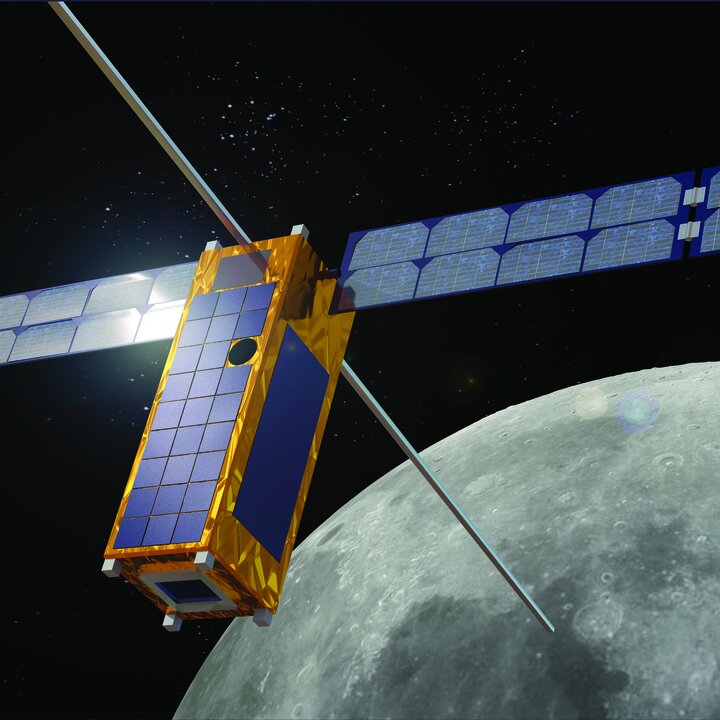In the Radio Astronomy program we focus on techniques for designing the next generation of radio telescopes. Among other things, research is performed at large antenna arrays, the ability to use pulsars for timing and navigation, and developing a low-frequency radio telescope. At low frequencies (below 30 MHz) the universe has never been properly mapped. However, this could provide accurate information about the young universe, when stars, galaxies and planets were formed. An earth-based radio telescope is not able to receive these very weak signals due to the opacity of the ionosphere and the man-made radio noise.
So, we have to go into space. This next generation radio telescope is called OLFAR, the Orbiting Low Frequency Antennas for Radio astronomy. Currently, the research concentrates on localization aspects, data communication, antenna system and data processing.
In the Radio Astronomy program we focus on techniques for designing the next generation of radio telescopes. Among other things, research is performed at large antenna arrays, the ability to use pulsars for timing and navigation, and developing a low-frequency radio telescope. At low frequencies (below 30 MHz) the universe has never been properly mapped. However, this could provide accurate information about the young universe, when stars, galaxies and planets were formed. An earth-based radio telescope is not able to receive these very weak signals due to the opacity of the ionosphere and the man-made radio noise.
So, we have to go into space. This next generation radio telescope is called OLFAR, the Orbiting Low Frequency Antennas for Radio astronomy. Currently, the research concentrates on localization aspects, data communication, antenna system and data processing.
